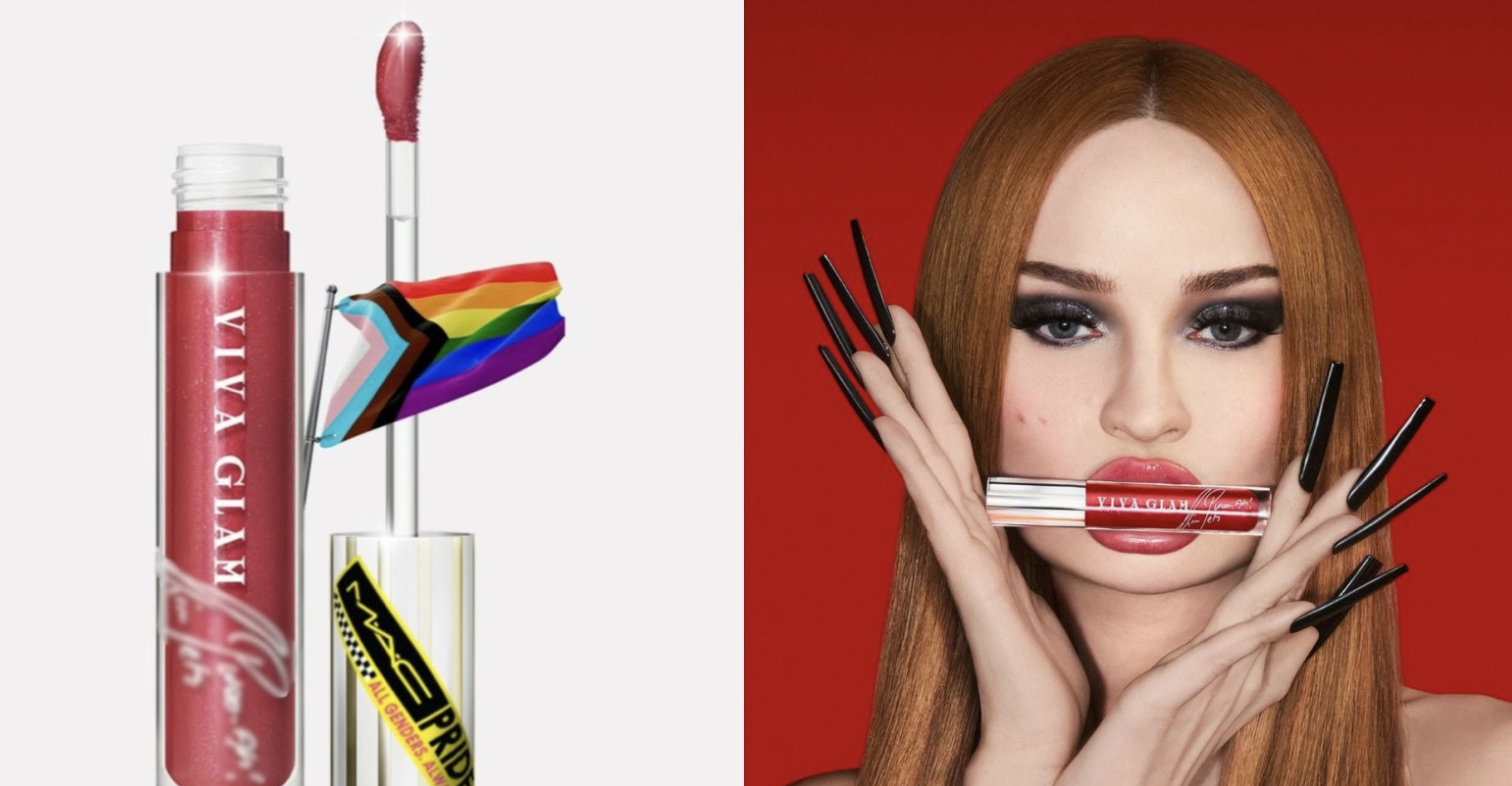
Pride 2025: Beige Pride, Pinkhushing & Brand Activism at its Best
〰️
Pride 2025: Beige Pride, Pinkhushing & Brand Activism at its Best 〰️
This June, something strange happened:
The rainbows went missing.
For years, Pride Month was corporate America’s favorite calendar event. Rainbow logos. Pride-themed merch. Floats. Filters. Panels. Donation campaigns.
But in Pride 2025, a new trend emerged: silence.
Mastercard pulled out of NYC Pride. Deloitte and Booz Allen quietly backed away from WorldPride in D.C.. Anheuser-Busch ghosted longtime partnerships in St. Louis and San Francisco. And brands that once painted June in technicolor? They went beige. For many companies, the calculation has become clear: better to avoid the backlash altogether than risk it.
But if “Beige Pride” describes the aesthetics of this year’s retreat, another term better captures the structural shift underneath: pinkhushing. Much like “greenhushing” in the sustainability space, pinkhushing refers to the quiet deletion of LGBTQ+ references, the soft withdrawal from campaigns, and the behind-the-scenes removal of inclusive language from brand guidelines and websites. It’s a strategic silence. Not necessarily the end of support, but a hushed realignment of how (and whether) brands choose to show it.
This silence hasn’t gone unnoticed. A 2025 Pew Research Center study found that only 16% of LGBTQ adults believe brands that celebrate Pride do so out of genuine support. The rest believe it’s driven by profit, or social pressure. Among younger LGBTQ adults under 30, over half believe that few, if any, companies are acting out of sincerity. And while corporate leaders may see pinkhushing as risk management, the LGBTQ+ community often sees it as betrayal, a retreat from solidarity at the moment it matters most.
